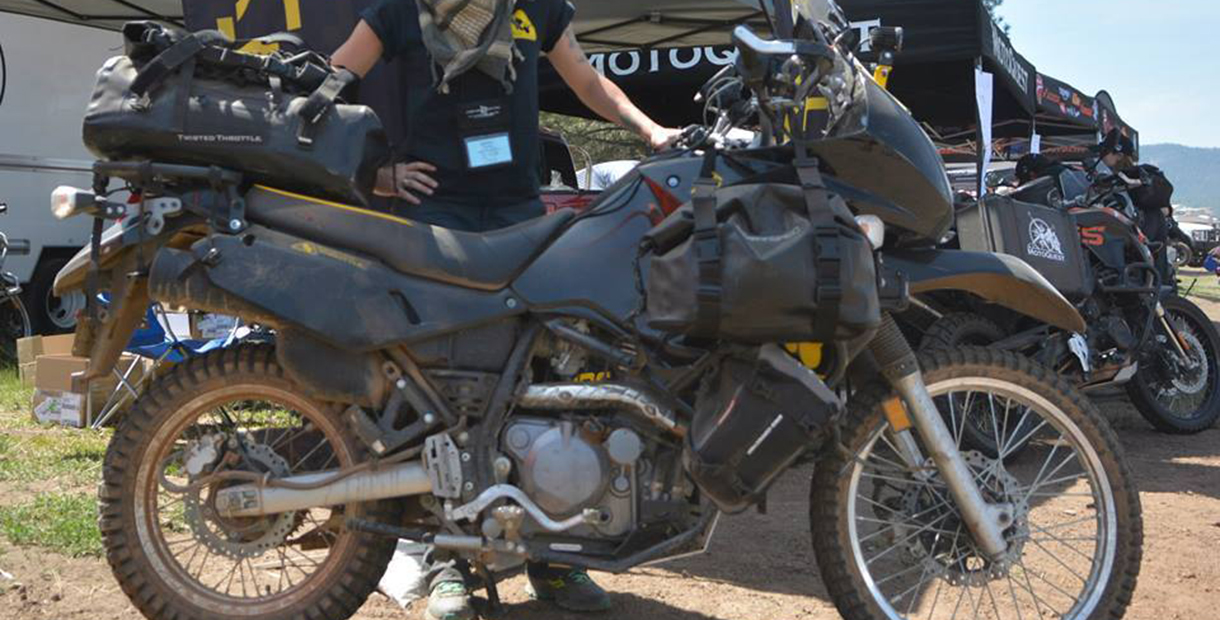@ForaFrank this is a good post but being a fellow windbag and a mess of wires and other computer garbage you lack one thing that h*** sapiens have........PRACTICAL EXPERIENCE.
yes, there is a slim possibility of a sudden violent stop from a foreign object due to closer tolerances. You did mention the risks may be worth it, but in my experiences and another member here (
@thefixer ) who between us have installed over 250 impeller kits, we have seen NO adverse effects . ( even though slightly possible ).
No extra wear and tear to belts, bearings , or other components, granted that the kit is installed properly. Yes, you'll have issues if the owner installs them so that the paddles are greatly dragging on the drum of the bucket. usually in those cases the machine will stall when the augers are engaged and/or the belt will burn up and break.
just giving Frankie here a hard time even though(it) is technically correct like Spock would say......
Posters.......listen to FF for accurate tech info but listen to real live meatball head monkey wrenches for "The Rest Of The Story"
My attorney, Raoul, told me to edit this post....... past experiences do not predict future results and take no account to the infamous "operator errors" that usually occur.
![Image]()













